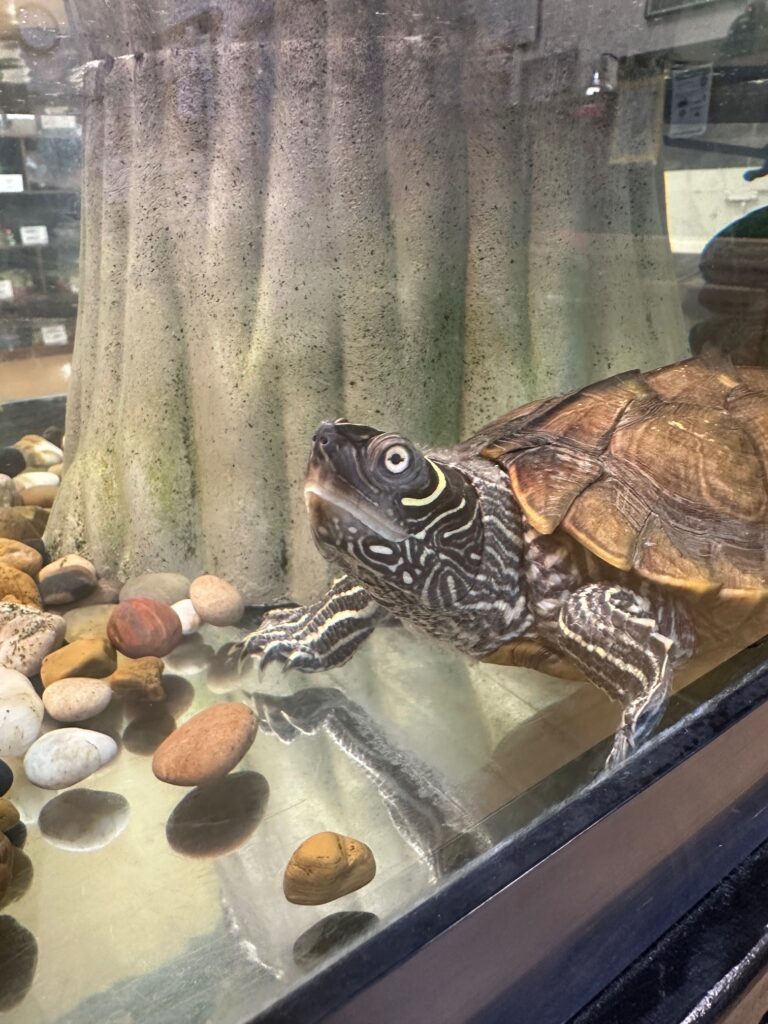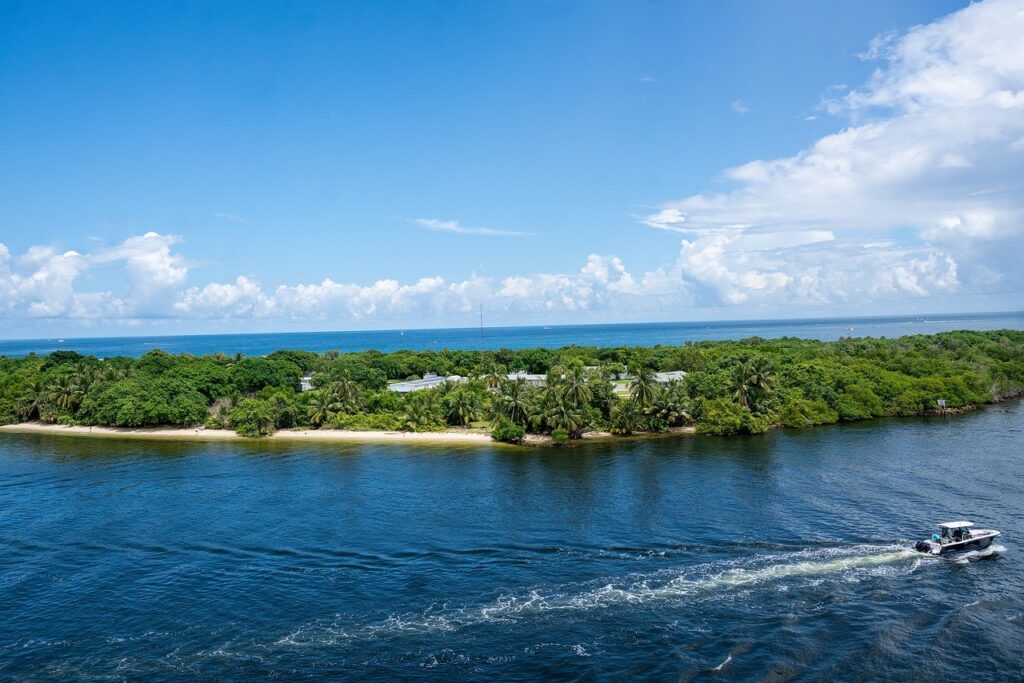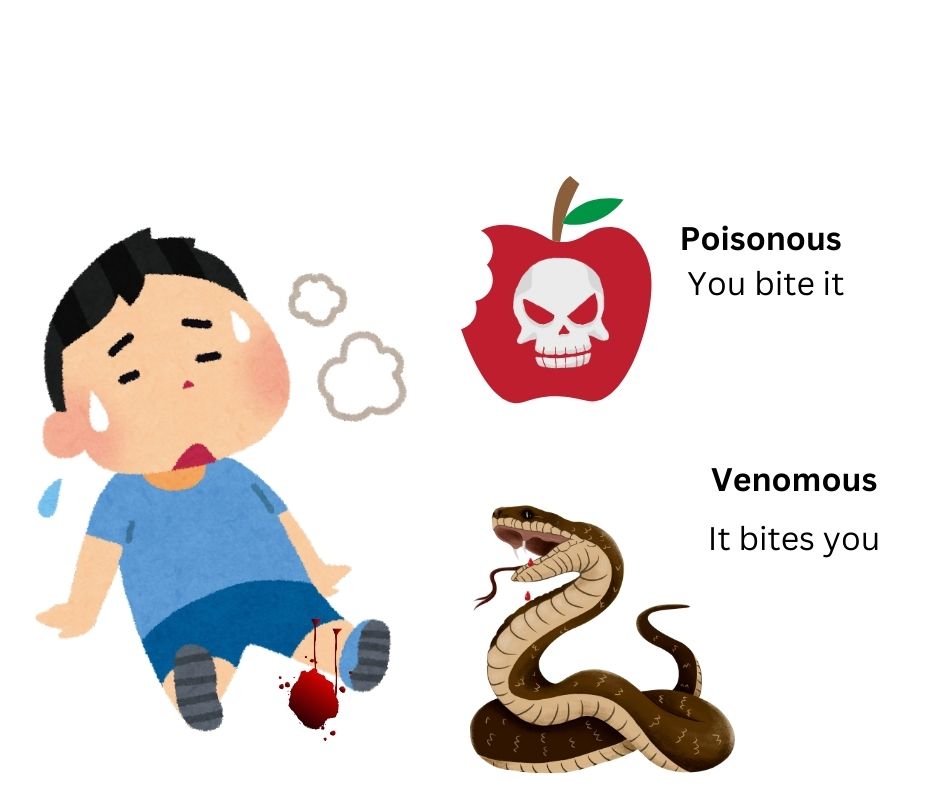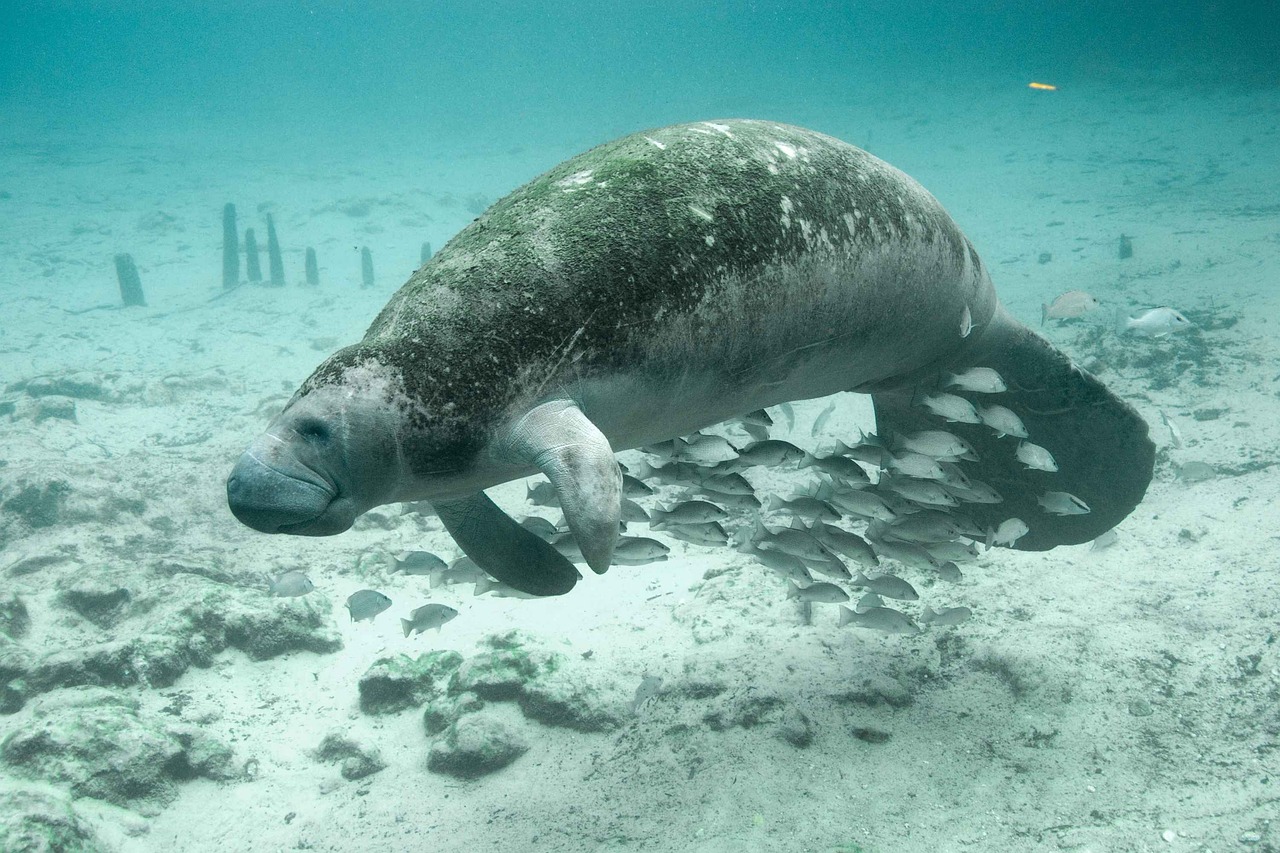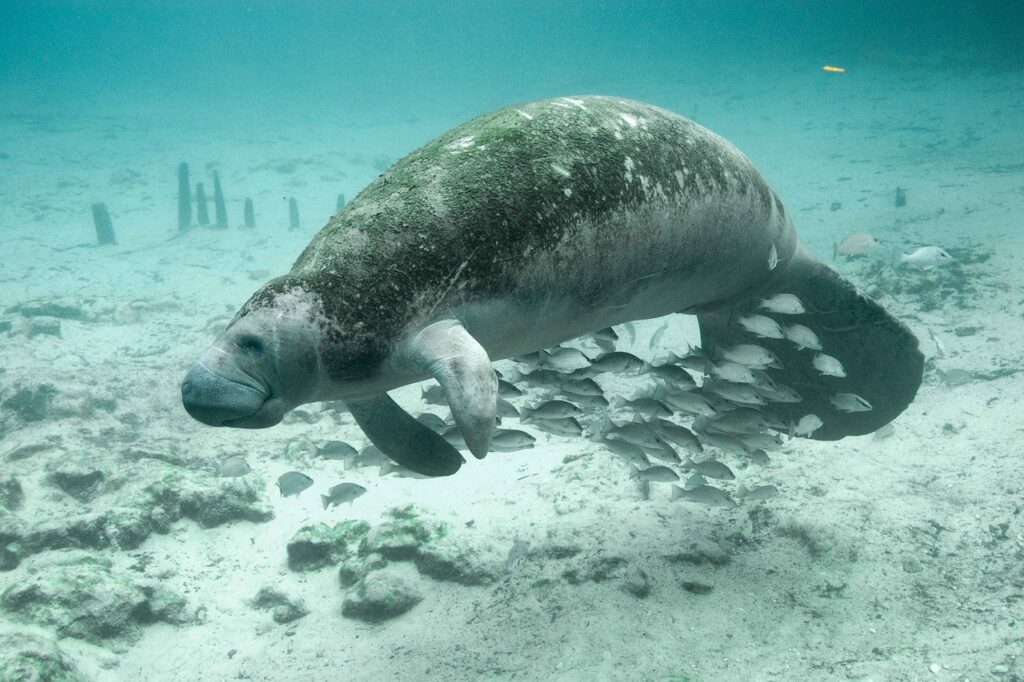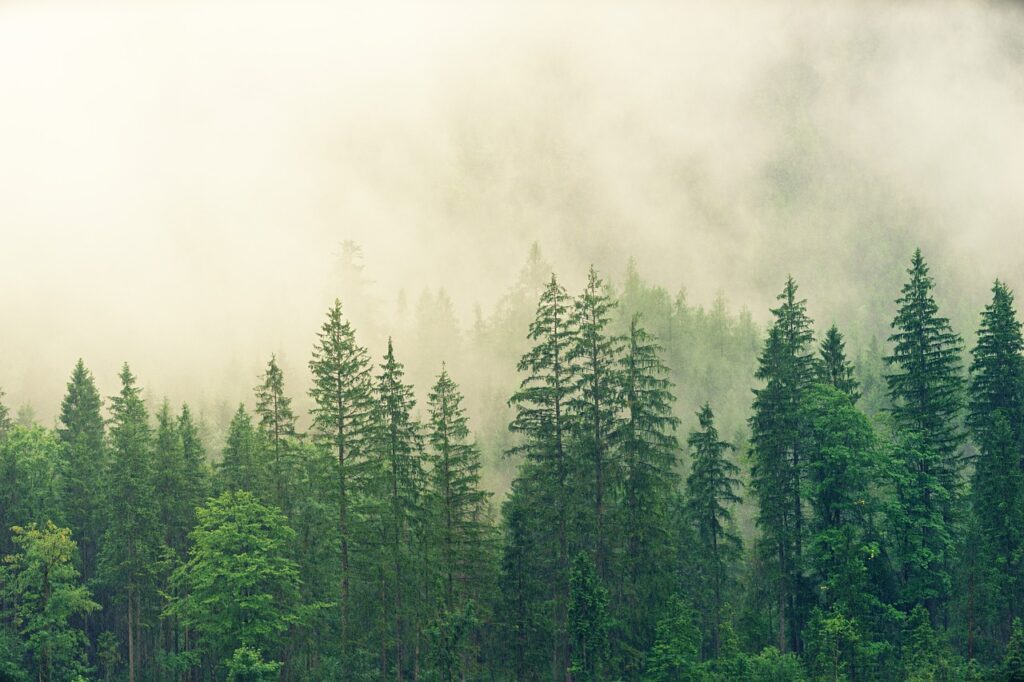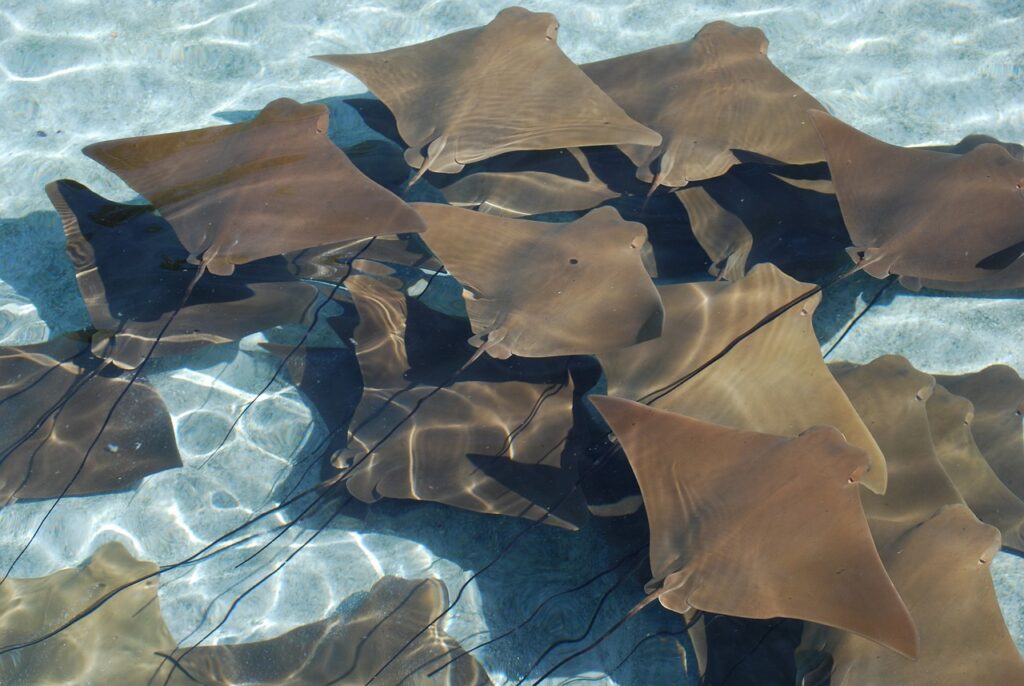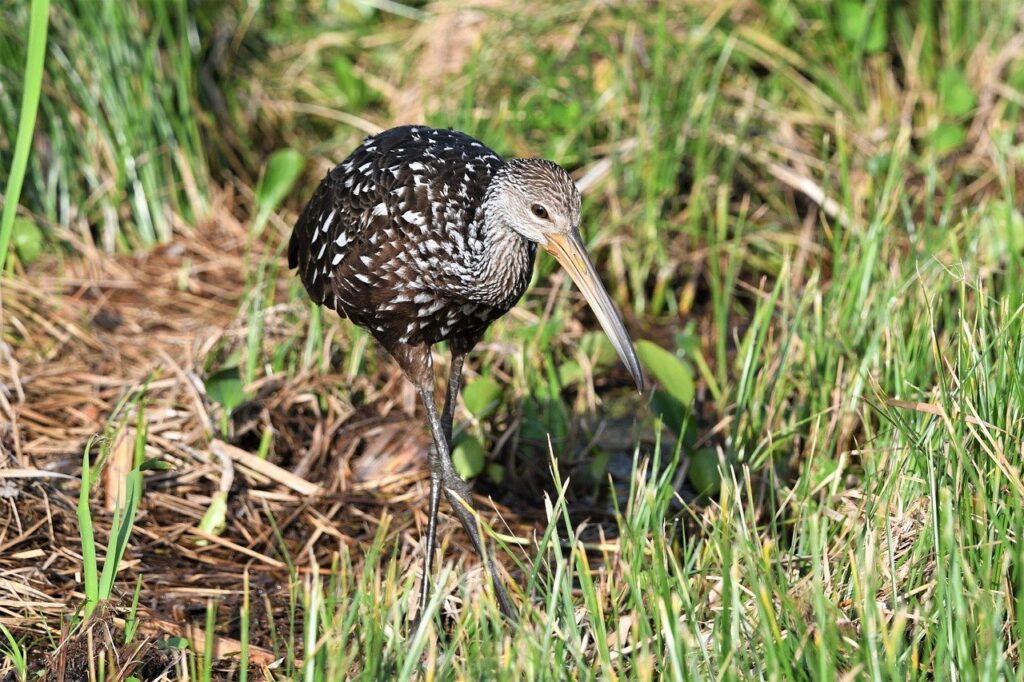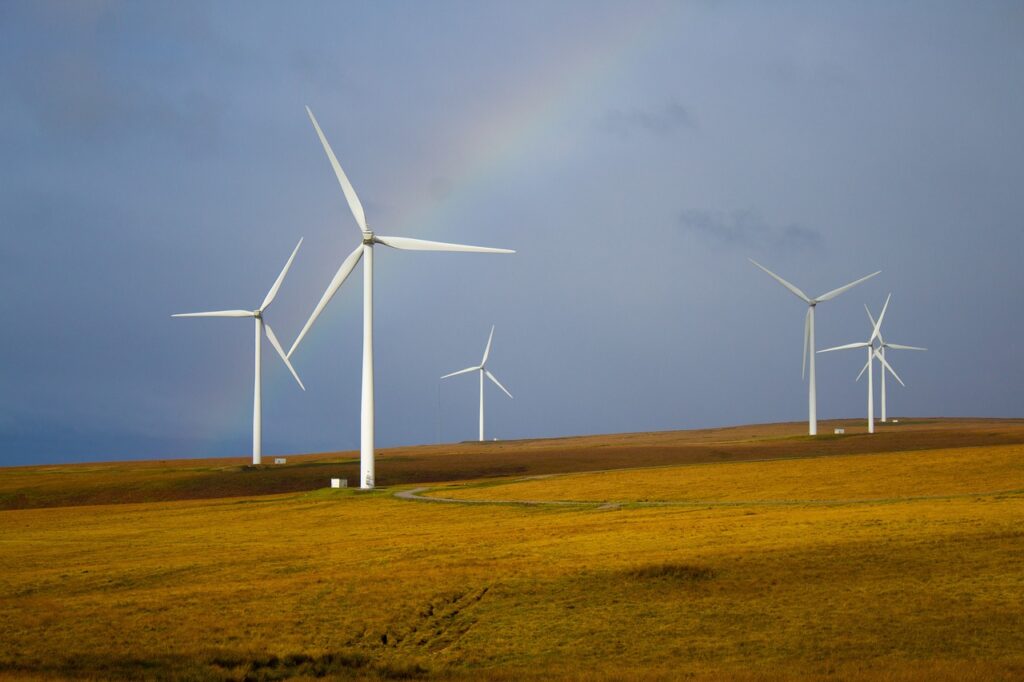
One of the biggest challenges facing today’s climate worldwide is the hunt for clean, renewable energy sources. For centuries, the environment has been degraded through fossil fuel energy systems. Fossil fuels are substances formed from geologic fossils that can be burned to create energy. These include things like coal and gas. When burned at such large quantities, like they are in the U.S., these fossil fuels create a large problem for the earth’s climate and natural environment all around us. In short, the extensive use of fossil fuels for energy emits large amounts of dangerous gases into the air, causing the atmosphere to rise in temperature. The use of fossil fuels has had a significant impact on the nature and wildlife of the world that we know and love.
However, in 1970, a multiple century-old tool was repurposed to counteract this impact. Windmills have been around since 500-900 A.D. From then and throughout much of the 18th and 19th centuries, windmills were used for pumping water, processing grain, and other agricultural purposes. Windmills were originally constructed out of wood and were much less powerful than the windmills we know today. It wasn’t until the 12th century that these useful structures were built out of brick or stone, making them much studier and dynamic. Fast forward to the 20th century, windmills were being restructured to start producing energy! This was a great achievement and had lasting positive effects on the environment. Windmills can now be used to cultivate clean energy, a type of energy that does not produce any harmful or dangerous byproducts. Windmills do have some drawbacks. Because of their immense size, they can create noise and visual pollution, being a sort of eyesore to local people. Windmills also rely on clear weather to function, which can mean that wind power cannot be generated 24/7. Despite these faults, windmills have lots of advantages for clean energy. Homes, businesses, and even entire towns and cities can be powered from wind energy with little negative impact on the environment. In the modern world, these energy efficient windmills are known as wind turbines.
Every year, the second Saturday of May is National Windmill Day, this year being celebrated on May 11th. This provides us with an opportunity to appreciate windmills and the wonderous tools they are, while advocating for their use all around the world. There are more than 57,000 wind turbines in the U.S. today.
To celebrate National Windmill Day, here are some fun facts about windmills to tell a friend!
- Most wind turbines in the world turn in a clockwise direction and some scientists now suggest that the direction of the turn can generate more wind power in some cases.
- Some of the oldest windmills still existing are in the Netherlands.
- One strong windmill can power up to 500 individual homes!


